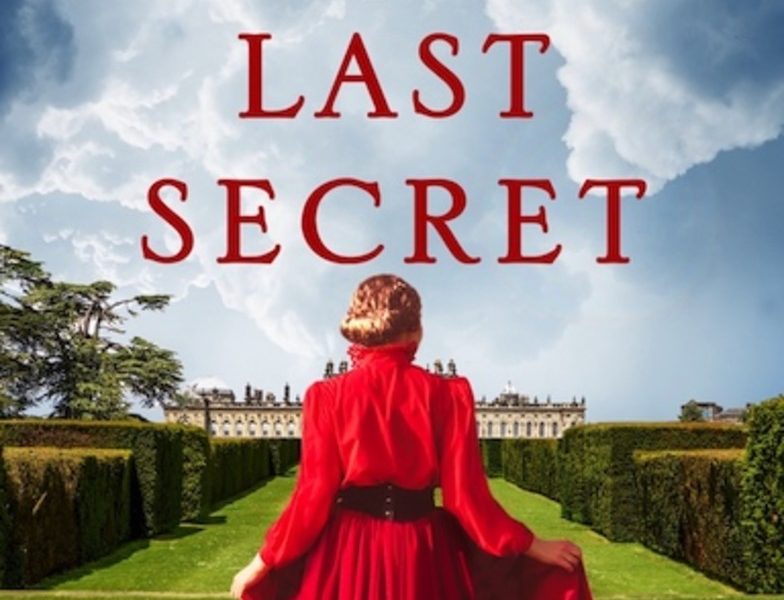How Inspiration and Research Shape a Novel
As a writer of historical fiction, research forms an integral part of my work—and indeed is something I have always enjoyed. In my previous career as a theatre director, researching the time period of the play that I was directing was always one of the things I relished the most, and so it is no surprise that in my writing, I am drawn to stories from the past that allow me to lose myself in another time and place. My latest novel, The Widow’s Last Secret, is set in England in the early Victorian period; a time of amazing inventions and progress but also a time of great upheaval and, for many, crushing poverty. My research primarily involved reading books and articles, as I wrote the novel during the lockdowns of 2020 and all the wonderful museums and sites I had planned to visit were closed or inaccessible. I have never been more thankful for the greatest invention of our own age—the internet.
(5 Tips for Writing About Big Historical Events in Fiction)
My first novel, Daughter of the Shipwreck, is set in 1820 and as I began my research for the second book, it was fascinating to see what had changed in Britain in the 20 or so years between the two. One of the central topics of Daughter of the Shipwreck is the slave trade and thankfully, by the 1840s, slavery had finally been abolished in the British Empire, although of course its legacy would—and still does—continue to linger. Other developments during this period included inventions such as the lawn mower and the sewing machine, Morse Code, and indeed the earliest programmable mechanical computer. And most significantly, as far as The Widow’s Last Secret is concerned, was the development of the steam train and of the railways.
The inspiration behind The Widow’s Last Secret, is twofold. Firstly, I was inspired by memories of visiting the Severn Valley Railway as a child with my dad. The Severn Valley Railway is a heritage steam railway that meanders through the beautiful countryside of Shropshire and Worcestershire along the River Severn. I loved the sounds and smells of the steam trains and was once allowed to ride in the driver’s cab, much to my excitement—and to my dad’s envy! The Widow’s Last Secret is mostly set in a fictional village in Shropshire in the 1840s, when the first steam railways were being built.
IndieBound | Bookshop | Amazon
[WD uses affiliate links.]
I was also inspired by the ongoing battle over HS2, a high-speed railway that is currently being built in England. I was reading lots of press coverage, in which some people were wholeheartedly in favor of the project, claiming it would be economically beneficial and would create jobs, but others were vehemently opposed to it because of the damage it would do to the natural world. This got me wondering how people reacted when the first railways were being built in the 1830s and 1840s. Nowadays, trains are so much part of the fabric of our lives, but to the early Victorians they must have been a shocking and incredible innovation. They changed so much about how people lived; from the food they ate to the clothes they wore to the types of job they did.
I soon discovered that there had been very mixed feelings when it came to the early railways. Like one of my main characters, James, the railway engineer, many people were exhilarated by the changes the railway would bring. They saw it as a form of progress that would improve people’s lives. Others were very suspicious of them—people even feared that the trains would cause birds to fall from the sky and hens to stop laying eggs. There were also concerns about the destruction of the environment; Wordsworth famously asked, “And is no nook of English ground secure, From rash assault?” in a poem opposing a railway line being built through his beloved Lake District.
In The Widow’s Last Secret, the eponymous Bella is from a rural background and feels a bond with the land. Through her story, I explore the lives of rural Victorians; the hardships they faced and the tough choices they had to make. When it comes to the railways, she and James are on opposite sides of the argument and yet they are drawn towards one another despite this.
The story is told from both Bella and James’ perspectives, and this dual narrator structure allows the reader to see how each of them views the world—and each other. It also allows the reader to be one step ahead of the characters at certain points; we almost want to jump into the book and say “no, don’t do that!” as we can see what is going to happen better than they can. As their relationship deepens, both Bella and James have to reckon with the secrets in their pasts, and ultimately come to realize that progress and advancement always comes at a cost.




